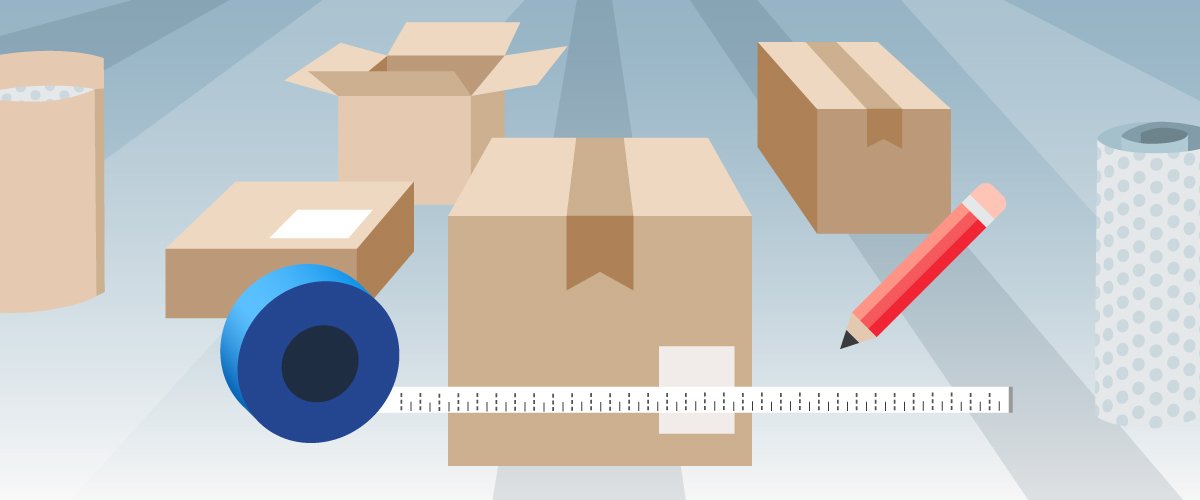Accuracy is key when measuring your shipments! Why? To ensure you’re getting the best postage rate and prevent unnecessary delays. Entering inaccurate weight or dimensions can result in under-paying for your postage. When your postage for a shipment is underpaid, you run the risk of the carrier returning the shipment to the sender with postage due or even delivering the package with postage due to your customer. Some carriers may choose to deliver the shipments instead and opt to pass along the difference in postage to the shipper as a “postage adjustment“.

When Chit Chats receives these charges from our partner carriers like Canada Post or USPS, we apply these postage adjustments – the difference in the postage cost that you’ve paid and the cost verified by the carrier – to your account. If this happens to one of your shipments, you can review the postage adjustment in your transaction history, found in your Credits & Billing settings.
In order to prevent returned shipments and postage adjustments for underpaid postage, consider these three key areas for how to accurately measure your shipments:
1. Accurate weight and dimensions
By being precise with your weight and dimensions you can avoid incorrect postage costs, postage adjustments and returns. Learn more on how to avoid underpaying postage in our support article.
- Always weigh and measure your shipments after packaging them.
- Often dimensions indicated on packaging is the inner dimensions not the outer dimensions so be sure to measure your shipment after it’s all packaged up
- Use dependable tools for measuring the length, width and height of packages like a package scale and measuring tape.
- Calibrate your scale
Tip:
Always use a package scale to weigh your shipments. Using a kitchen or food scale can yield incorrect weight measurements causing shipments to have underpaid postage.
2. Double-check and verify
After importing shipments, review and verify your shipment information. It is your responsibility as a shipper to provide accurate shipment details as the incorrect information can result in:
- Postage adjustments due to insufficient postage
- Possible shipping delays
- Undeliverable shipments (returns)
- Additional administrative fees
Tip:
While your packaging may not weigh much, a difference of 100 g can make a difference in postage costs! Depending on the overall weight of your shipment and the service used, your packaging may put your shipment into a different weight class for postage.
3. Always round up
Shipping carriers will always round up from the actual weight to calculate the postage cost. Be sure to round up to the nearest:
- Ounce (oz) for U.S. shipments under 1 lb
- Pound (lb) for U.S. postage
- Ounce (oz) for International postage
- 100 g for Canadian postage
